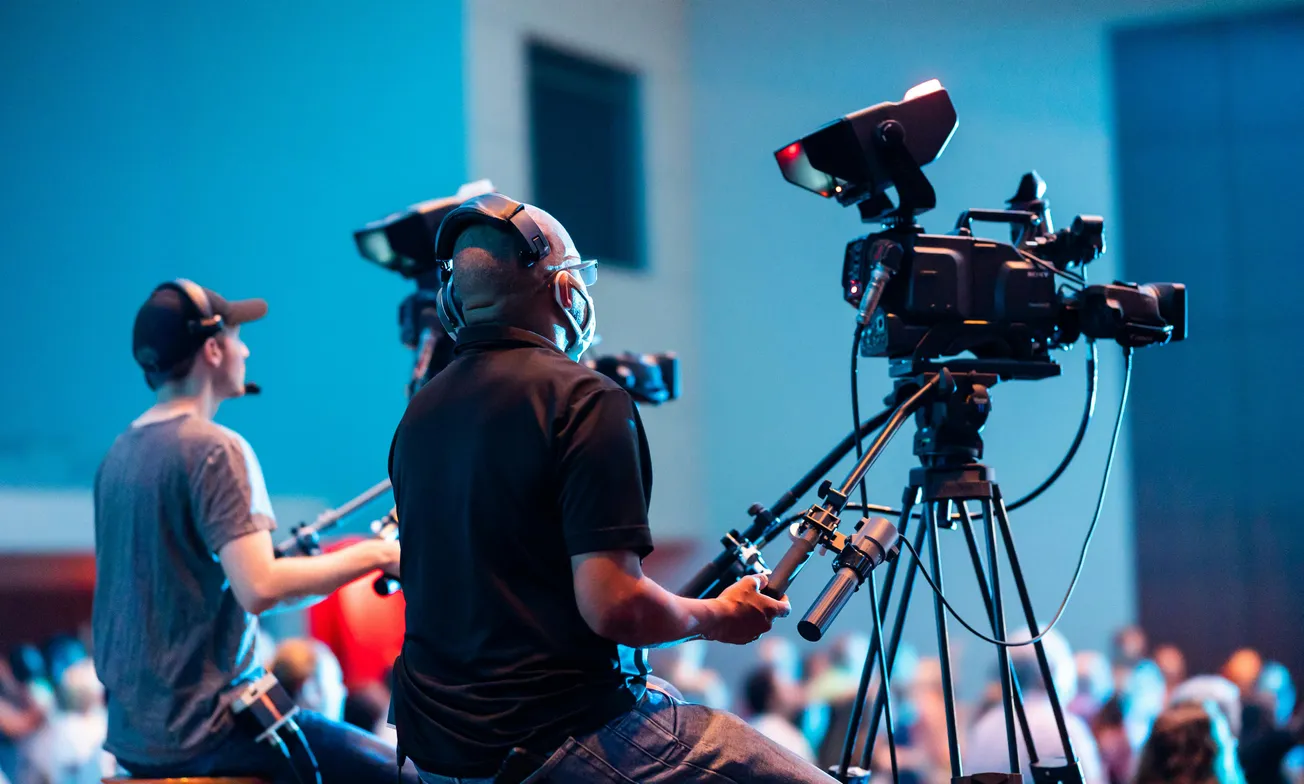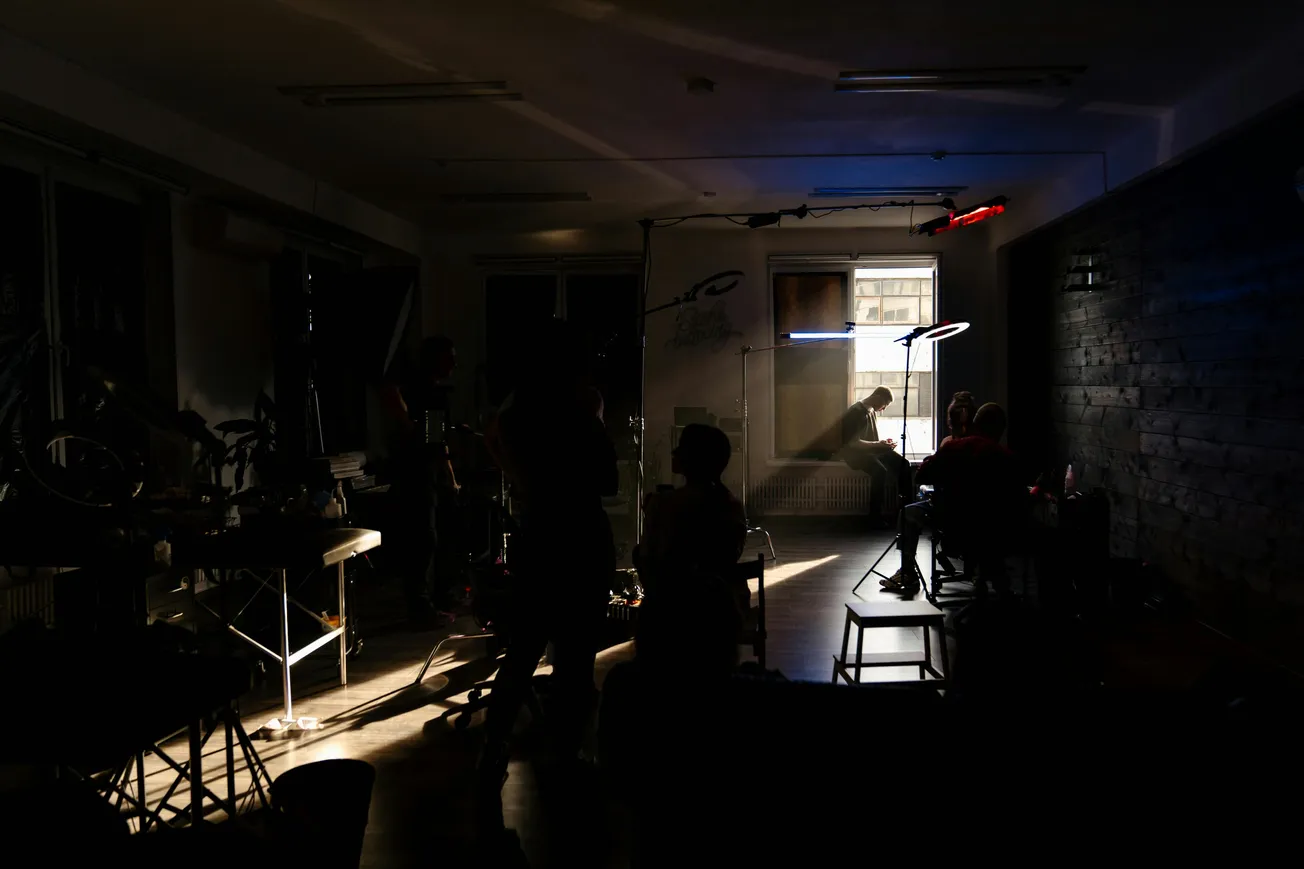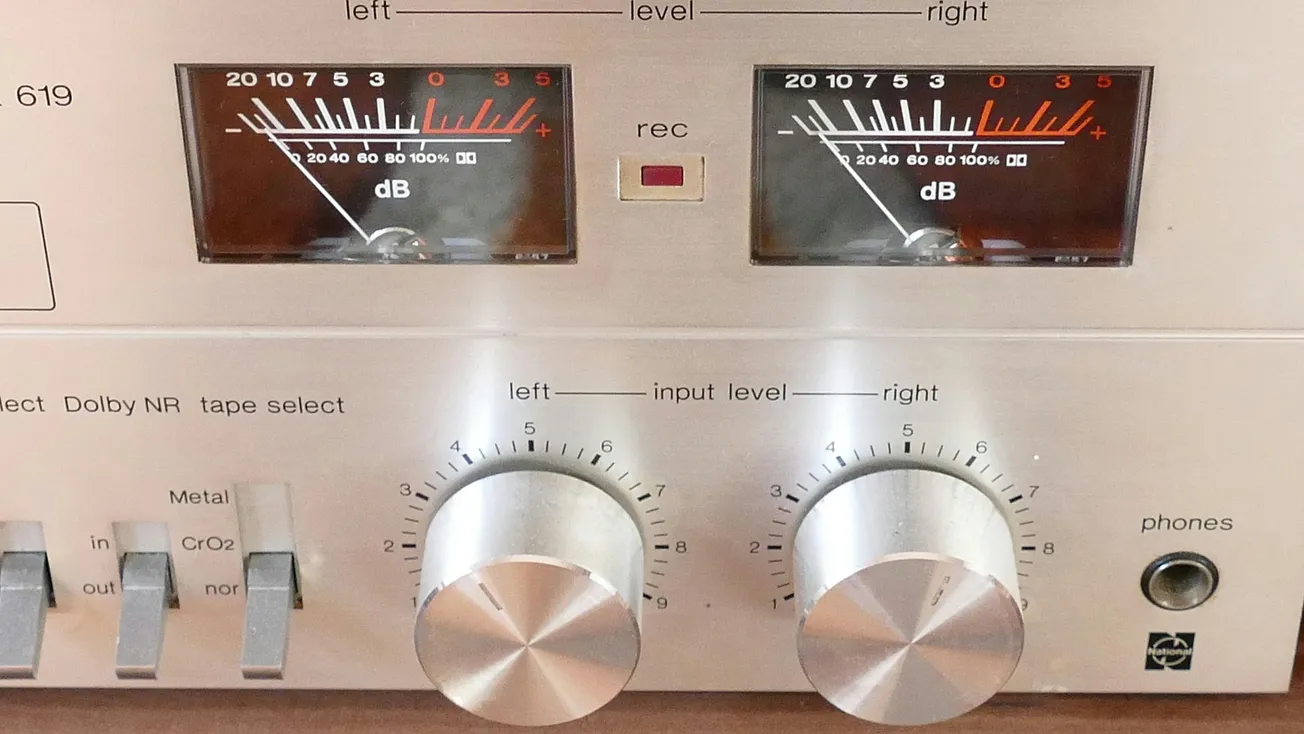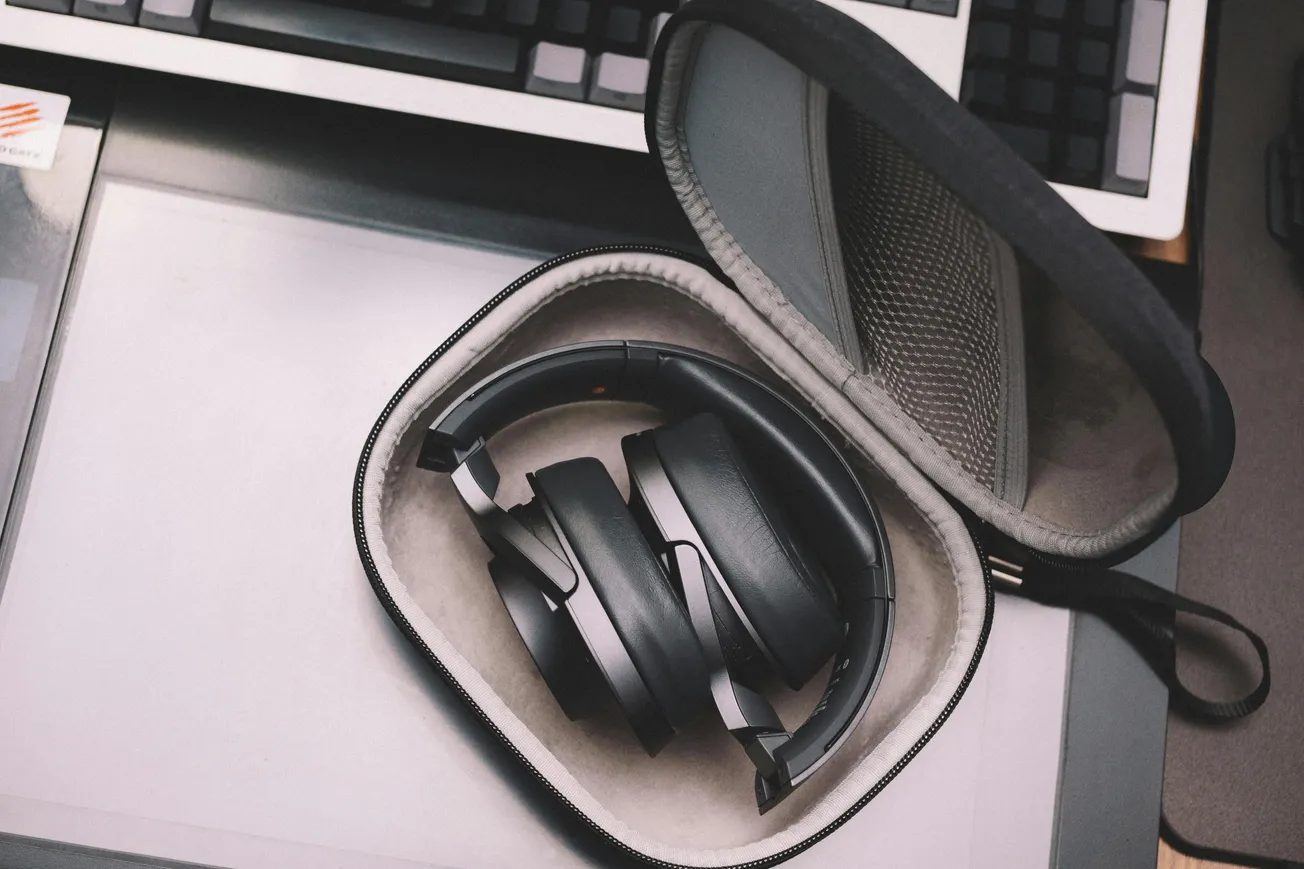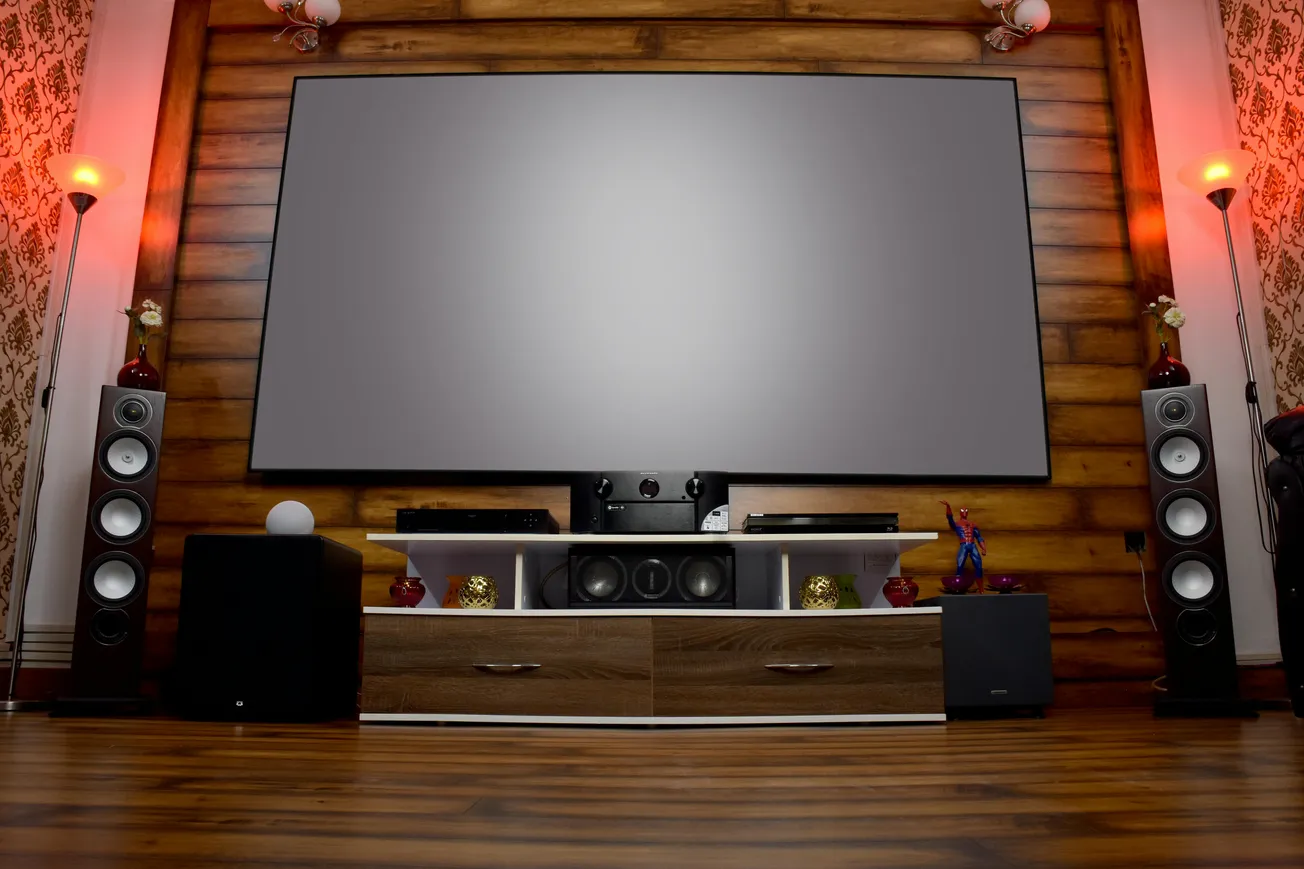The secret to cinematic video often isn’t in your camera specs—it’s in how you support the frame. From fluid pans to steady shots in tough conditions, the right tripod and head can transform your footage.
Why support gear is essential
It’s easy to focus on upgrading your camera, but support gear is what keeps shots usable. A quality tripod and fluid head offer:
- Stability: Whether filming in wind, on uneven terrain, or during long events, stable support gear prevents jittery, unusable footage.
- Smooth motion: A fluid head lets you pan and tilt with control—no jerky starts or stops, just feathered moves and locked horizons.
- Durability: Weather-resistant builds with sealed mechanisms survive dust, heat, and rain far better than cheap tripods.
- Efficiency: Fast setup and quick transitions (like switching from gimbal to tripod) save time and mental energy on set.
What to look for
- Fluid head with adjustable drag and counterbalance: This lets you fine-tune movement and keep your camera steady, even hands-free.
- Sturdy legs: Lightweight carbon fiber or aluminum that holds firm without flexing.
- Quick leveling: Important for fast-paced or mobile shoots.
- Versatility: Support systems like the Miller AirV use standard mounts (Manfrotto, DJI), making transitions seamless.
For creators and businesses
Even talking-head videos benefit from locked framing. Coaches, educators, and marketers working with basic cameras can still look pro—if their shots are stable and repeatable.
Good support gear:
- Reduces setup time
- Prevents costly reshoots
- Scales with your content as you grow
As Tanner Woodward from Miller shared in a recent podcast, the move from DSLR to cinema is less about specs and more about control. And that starts at the base—your support system.
If you're upgrading your setup, start with support gear. It lasts longer than camera bodies and improves every shot, no matter what you’re shooting on.


